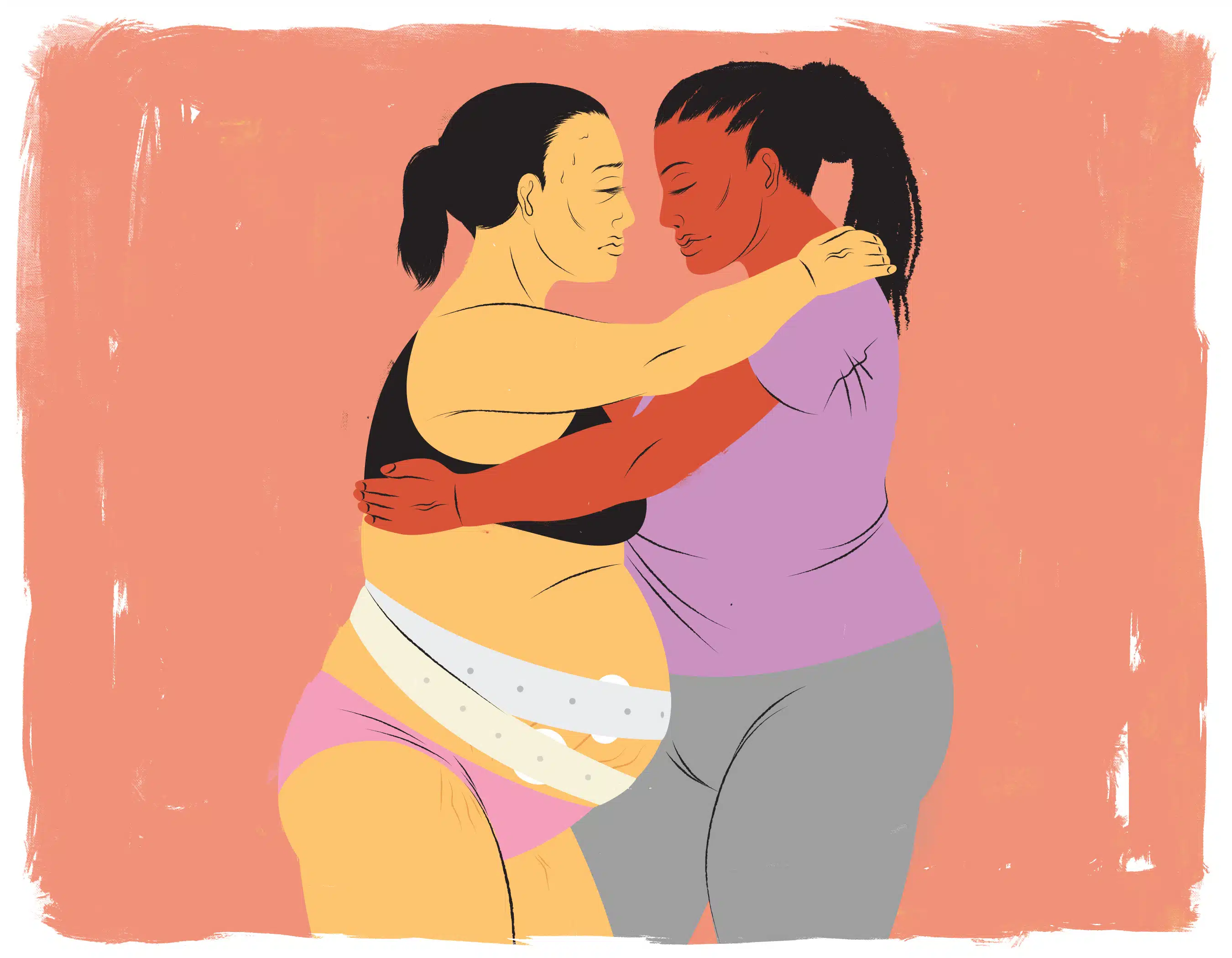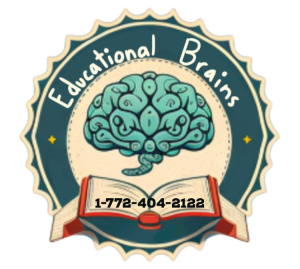Spina Bifida is a rampant birth condition in babies. Approximately 2000 of 4 million babies born each year are Spina Bifida victims. The words mean “split spine” in Latin.
Spina Bifida refers to spinal cord malformation that occurs during child development in the womb. In other words, it involves the incomplete formation of a child’s spine, meninges, or brain.
It’s categorized as a neural tube defect. It’s in the neural tube that the spinal cord, tissues, and the brain of an embryo develop. Usually, it’s seen at the baby’s back in an opening; however, it can occur anywhere along the spinal cord. Sometimes, it rarely appears to grow on the spine (outer side) as a sac of fluid.
Spina Bifida can affect a child’s intellectual and physical abilities (mild or severe). However, this depends on the following:
- The location and size of the spine opening
- Whether other nerves along the spine are affected.
Types of Spina Bifida
- Spina Bifida Occulta
- Myelomeningocele
- Meningocele
Spina Bifida Occulta
Occulta is the most frequent and mildest form among the three. As the name Occulta suggests, it occurs unnoticed or hidden.
Occulta results in a gap anywhere along the spine but doesn’t form an opening at the child’s back. There is usually no risk of physical or mental disability in Occulta; it is noticed later in life. However, it can be noticed earlier in the case of an imaging test done for other health reasons.
Moreover, it causes no damage to the vertebrae, spine, or back nerves.
Myelomeningocele
This is often the most severe form of Spina Bifida. It’s also called open Spina Bifida; as the name suggests, it results in an opening along the spinal cord.
Unlike Occulta, which is difficult to notice, Myelomeningocele forms a sac of fluid seen in an opening from the child’s back, making it visible.
Although sometimes the sac may lack other nerves, the ones available are severely damaged (including part of the spinal cord).
Most babies with Myelomeningocele have excess fluid levels in their brains. This results from the brain-protecting fluid can’t drain the fluid as usual. The fluid might cause swelling and pressure upon building up, resulting in big head and brain challenges.
Other physical disabilities caused by Mylomeningocele include:
- Incontinence
- Moving inability
- Uneasiness when going to the bathroom
Meningocele
Meningocele is the most infrequent form of Spina Bifida. It’s characterized by a sac of fluid seen in an opening formed in the child’s back. Nevertheless, the sac contains no spinal cord parts or nerves, thus low risk of disability.
Meningocele babies develop minor challenges with their functioning, mainly bowel and bladder issues.
Symptoms of Spina Bifida
Spina Bifida Occulta is identified through a birthmark at the spine or a tuft of hair. On the other hand, Myelomeningocele and Meningocele are noticed through a sac formed at the baby’s back; however, Meningocele may have a skin layer over the sac.
But for Myelomeningocele, the spine tissue has an opening with no skin covering.
Other symptoms include:
- Seizures
- Bladder/ bowel challenges
- Uneven hips
- Scoliosis (curved spine)
- Unshaped feet
- Weak leg muscles (infant may not move)
- Sexual dysfunction
- Paralysis
- Orthopedic malformations
Generally, the complication is more severe when the defect has affected the spinal cords and the nerves.
Diagnosis of Spina Bifida
This condition starts developing around the 28th day of the pregnancy. As such, it can be diagnosed during pregnancy if noticed or after birth. Occulta has to wait till late childhood or might never be diagnosed.
Diagnosis During Pregnancy Period
During this time, prenatal tests are used to identify this condition. It involves screening tests to examine birth and spinal cord defects. The process might involve:
AFP Diagnoses: Alpha-fetoprotein (AFP) is a protein produced by unborn babies. It involves a blood test to measure the amount of AFP that may have passed to the mother from the baby through the bloodstream.
High AFP levels may suggest the child is a Spina Bifida victim. This test (AFP test) is often part of a “triple screen” test meant to diagnose neural tube defects.
Ultrasounds: Ultrasound involves a picture of the baby. Using this test, the doctor might see the child’s spinal cord condition or suggest levels of AFP, which are Spina Bifida causes. Nevertheless, Spina Bifida is seen through ultrasound.
Amniocentesis: In this test, the doctor tests a small sample of amniotic fluid surrounding the child in the womb. Finding more than average AFP levels in the fluid may suggest that the baby has this defect.
Diagnosis After Birth
While Spina Bifida might go unnoticed during pregnancy, it can be diagnosed after a child’s birth. Also, the child can be undiagnosed during pregnancy when the mother doesn’t receive better prenatal care or when the ultrasound never shows clear pictures of the spine.
The diagnoses after the birth can use image scans, like an X-ray, CT, or MRI, to have a clear back and spine view. Besides, a hairy skin patch on the baby’s back may suggest Spina Bifida defection.
Spina Bifida Treatment
The treatment method depends on the condition’s severity.
Meningocele requires surgery, especially before the child is paralyzed. Most children in this category develop other conditions as they age, which requires consistent follow-up by medical practitioners.
Myelomeningocele victims require an operation two to three days after birth. This prevents infections and protects the spinal cord from more severe damage.
OSD children are advised to see a surgeon. The surgeon is necessary to protect the brain and other nerves from extreme damage.
Children with Spina Bifida Occulta may not necessarily require treatment.
Living with Spina Bifida
Spina Bifida is an all-condition that chooses no community, race, color, or age. It can affect the LGBTQ+ community as well.
It may lead to serious, minor, or no disability at all, depending on the severity (mild or severe).
However, to some extent, it affects the functioning of a person, limits their walking, or paralyzes the victim.
That said, proper care should be a priority, as many people with this condition live full lives if checked well.














